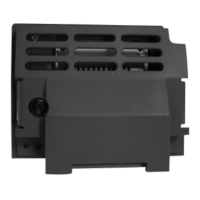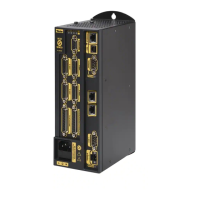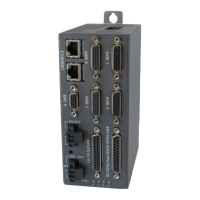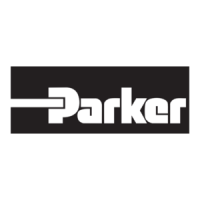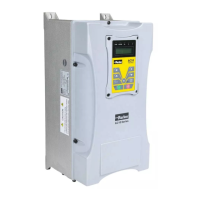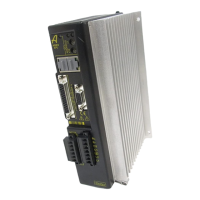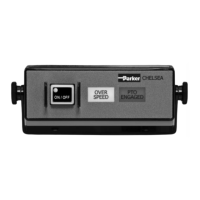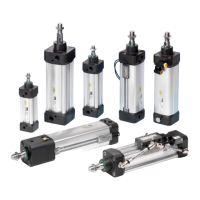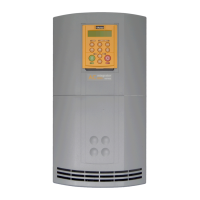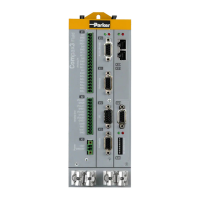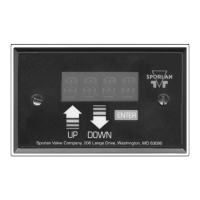Parker Hannifin
NOTE: The values for some parameters and bits change
automatically through operation of the ACR controller.
Changing (writing) a value does not ensure the parameter
or bit retains the value over the course of operations. Use
caution—forcing a value to change can cause
unpredictable results.
There are two types of bits: request and non-request.
• Request Bits: The bit is self clearing when processed by the DSP.
All request bits include “request” in the name. In most cases,
there are complimentary flags that perform the opposite
action. For example, the Run Request bit and the Halt Request
bit control the running and halting of programs.
• Non-Request Bits: The bit requires clearing through a program
or manually through a terminal.
Following is a list of the most commonly used parameter and bit
tables:
• Master Parameters
• Master Flags
• Axis Parameters
• Axis Flags
• Object Parameters
• Program Parameters
• Program Flags
Using Parameters and Bits
You can specify parameters and bits in your programs or at a
terminal emulator. Use the following format:
Px or BITx, where x represents the parameter or bit number.
Example
The following demonstrates how to format parameters and bits.
Suppose your program refers to the current position for axis 0 (see
table P12288-P14199 Axis Parameters), and input 24 (see table Bit0-
Bit31 Opto-Isolated Inputs).
P12288
Bit24
Setting Binary Bits
You can use the SET command, or fix the bit value equal to 1.
Programming Basics 25
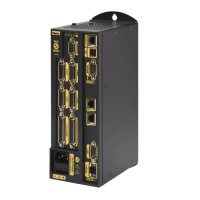
